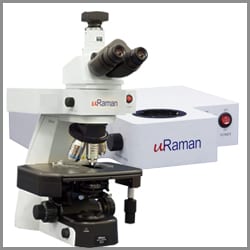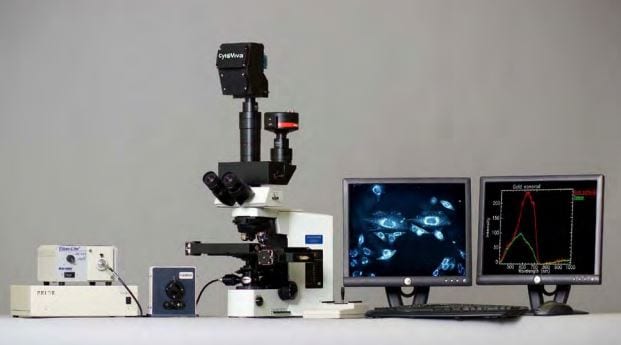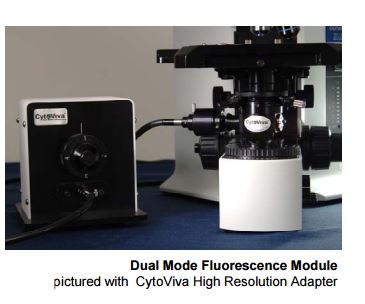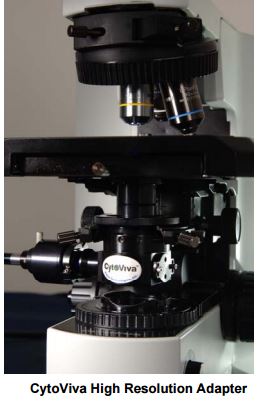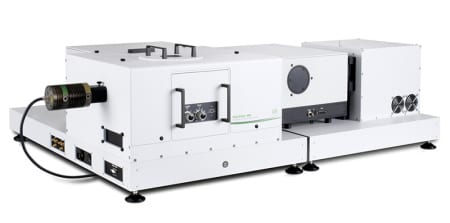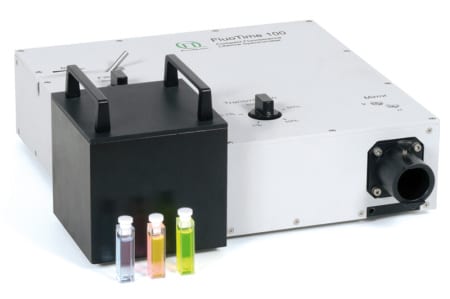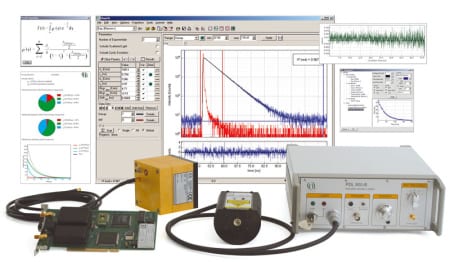The CytoViva® Microscope System – Enhanced Darkfield Microscopy
Cytoviva Enhanced Darkfield Microscopy – Specifically designed to support research in nanotechnology and infectious disease, CytoViva employs a patented (US patents No. 7,542,203, 7,564,623) enhanced darkfield-based optical illumination system.
This structured illumination technology replaces the standard condenser on a research grade microscope. By improving the alignment and focus of darkfield or oblique angle illumination, the technology enhances signal-to-noise of nanoscale samples up to seven times over standard darkfield optics. This enables scientists to optically observe a wide range of nanoscale materials quickly and easily in solution, live cells, tissue and materials based matrices. In addition, non-fluorescent live cells and pathogens can be easily observed at a level of detail not possible with traditional optical imaging techniques such as phase contrast or differential interference contrast.
When using the CytoViva Dual Mode Fluorescence system, researchers can also observe the interactions between fluorescently labeled nano-particles or bacteria and live unlabeled cells. This unique capability can eliminate the need to create computer enhanced overlay images which require two different illumination methods and advanced software programs. Finally, when combined with CytoViva’s Hyperspectral Imaging capability this high signal-to-noise microscopy method enables researchers to spectrally characterize and map nanoscale samples in a wide range of environments.
Dual Mode Fluorescence Module
The Dual Mode Fluorescence (DMF) module allows for the observation of both fluorescent and non-fluorescent sample portions simultaneously and in real-time. Samples are viewed directly through the microscope eyepiece and captured using a standard microscope camera without the need for complicated software or electronic manipulation.
The Environmental Chamber

The CytoViva environmental chamber supports high resolution, long-term studies of live cells, while enabling real-time, simultaneous observation of fluorescent and non-fluorescent sample portions.
Manufactured by Warner Instruments, the CytoViva environmental chamber is a modified version of the Warner RC-30 Confocal chamber. This modification supports oil immersion contact with the CytoViva high resolution illumination system as well as an oil immersion microscope objective.
The CytoViva system supports all traditional environmental chamber applications including perfusion, temperature control and gasses. Operating as a closed bath system, the CytoViva compatible chamber works with both inverted and upright research grade microscopes.
Now researchers can observe, track and image the interactions between live cells and other elements such as fluorescently labeled nano-particles and bacteria. These observations can be made over hours or even days.
Traditional cell biology and neuroscience applications are also supported by this system.
With the CytoViva system and environmental chamber you can observe fluorescently labeled cellular components simultaneously with the unlabeled portions of the cell.
The CytoViva Environmental Chamber can also be utilized as a fully functional micro-fluidics platform supporting applications in drug delivery, tissue engineering and layer assembly of nano-materials.

